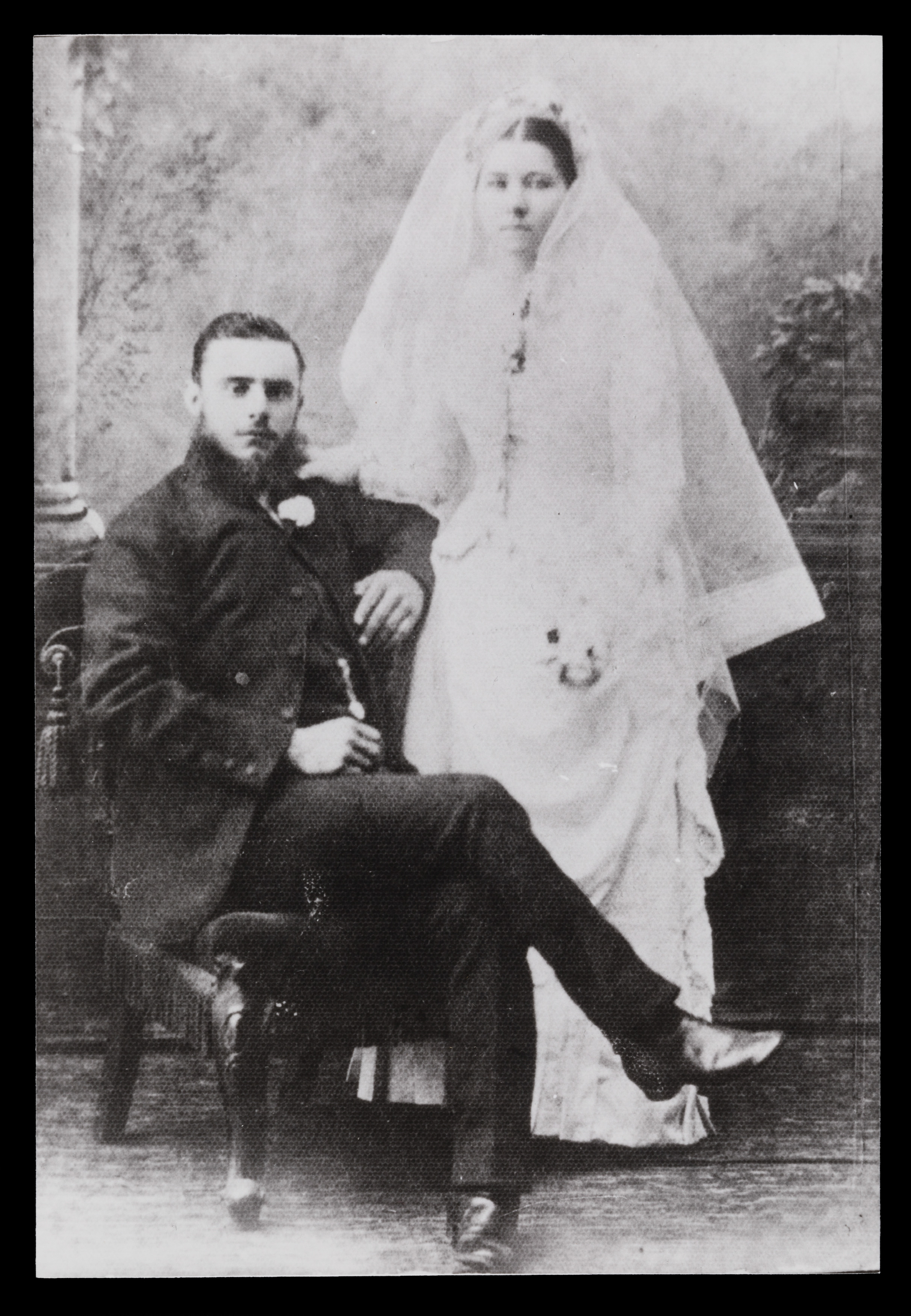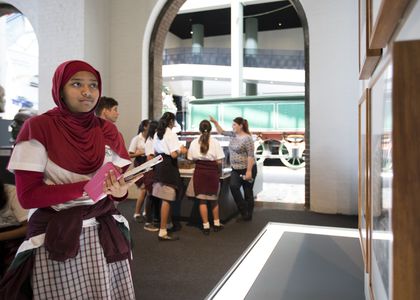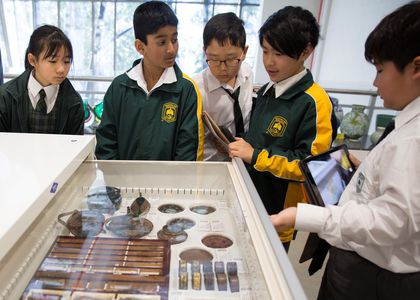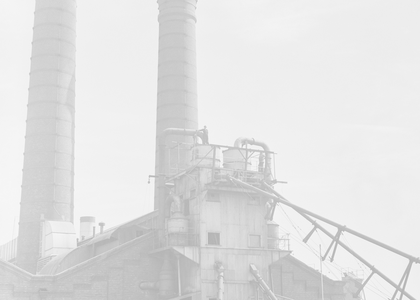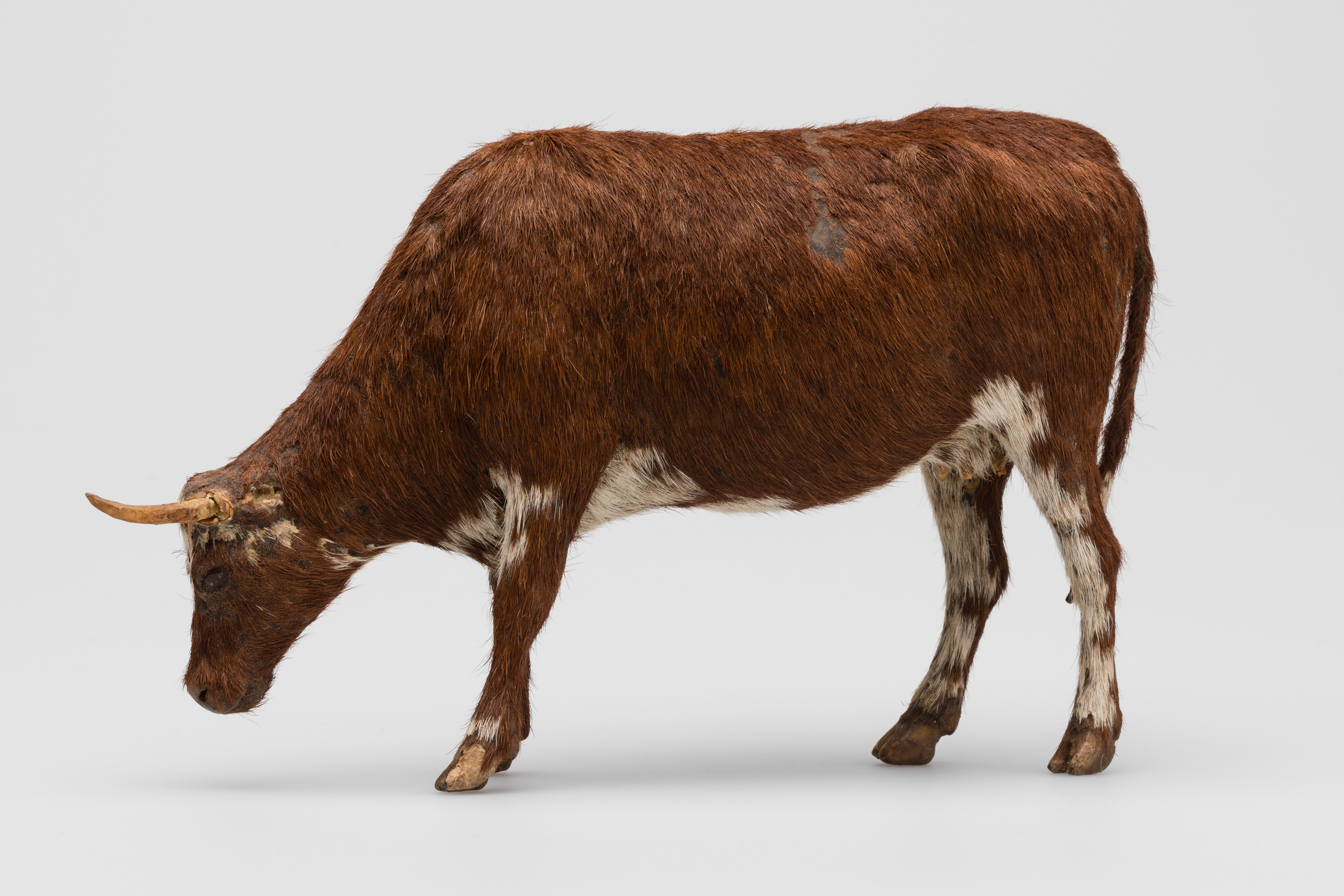
Poetry Object 2019
RED ROOM POETRY Object is Australia’s largest free poetry writing competition for schools.
The competition invites us to think about how the objects in our lives can hold special personal meanings, and to explore capturing these stories in our own words by writing a poem about a chosen talismanic object.
Each year hundreds of young people and teachers submit poems about the objects that are very special to them. This is the second year MAAS has been invited by Red Room Poetry to contribute to the program.
MAAS collects objects, but we also collect the stories that go with them. Last year’s Red Room object, a little radio from the 1950s, was made by the owner and included a story I felt would prompt audiences to think deeply about why it was so special to its maker, David Hain.
This year, through the story of Wilhelmina Jurd and her model cows, we hope to inspire audiences to reflect on their own treasured objects.
Wilhelmina’s miniature wax cows are currently on display on Level 1 at the Powerhouse Museum. The Learning team is collaborating with Red Room on a series of school workshops inspired by the cows and Wilhelmina’s story.
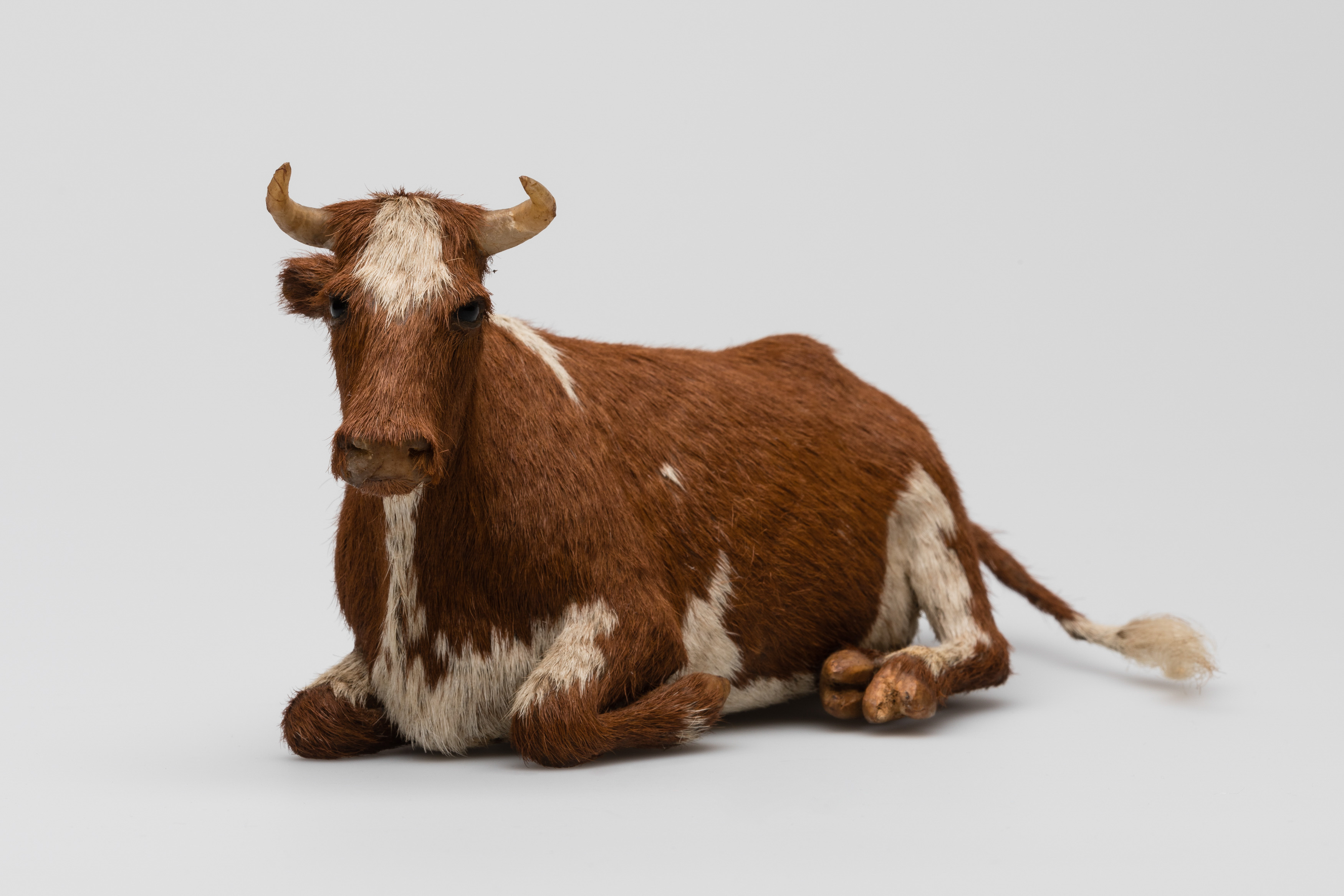
Wilhelmina’s story
These model cows are an example of folk art, objects that tell us about the cultural life in a community. They were made by Wilhelmina (nee Gore) Jurd, with the help of her sisters, on an Australian outback station in the late 1800s.
Wilhelmina used things she could find on her property to construct these miniature replicas. She sculpted the shapes of the bodies using river clay and covered them with papier-mâché and then beeswax from wild hives. Tiny strands of calf hair were implanted into the softened wax in layers.
Shown in international exhibitions from 1879 to 1893, these animal figures demonstrate the fine craftsmanship of Wilhelmina, who was inspired by her surroundings to create something meaningful.
What is something you’ve made that you are proud of?
What’s an activity you can spend hours and hours on and remain focused?
Why do you think people were so interested in Wilhelmina’s cows?
Poetry Object 2019 runs from 18 April, with submissions closing on Friday 27 September. Shortlists and winners will be announced in Term 4. MAAS will be hosting workshops on 27th and 28th June. Get in touch with learn@maas.museum to register your interest.
